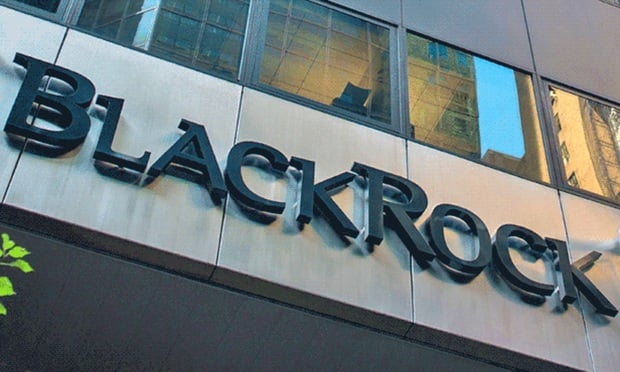Pension liabilities of the 100 largest corporate defined pension plans decreased by $28 billion in November, while assets increased by $5 billion, according to new data by Milliman.
That brings the Milliman 100 Pension Funding Index funded status deficit to $466 billion and a 74 percent funded ratio.
November's funded status improvement was primarily due to an increase in the corporate bond interest rates that are the benchmarks used to value pension liabilities. As of Nov. 30, 2012, the funded ratio climbed to 74 percent, up from 72.6 percent at the end of October 2012.
Recommended For You
The projected benefit obligation (PBO), or pension liabilities, decreased by $28 billion during November, lowering the Milliman 100 PFI value to $1.793 trillion from $1.821 trillion at the end of October 2012. The change resulted from an increase of nine basis points in the monthly discount rate to 4.05 percent for November, from 3.96 percent for October.
The Milliman 100 PFI asset value increased by $5 billion during November, raising the Milliman 100 PFI value to $1.327 trillion from $1.322 trillion at the end of October 2012. The increase was due to an investment gain of 0.59 percent for the month. By comparison, the Milliman 2012 Pension Funding Study, published in March 2012, reported that the median expected investment return during 2011 was 0.63 percent (7.80 percent annualized). The 8.35 percent return on assets for the first 11 months exceeds that full-year expectation by 0.55 percent. If the assets hold their year-to-date gains through Dec. 31, it will mark the third time in the last four years that investment returns exceeded the expected return. (Only 2011 failed this test with a 5.22 percent investment return.)
Over the last 12 months (December 2011 to November 2012), the cumulative asset return has been 11.6 percent and the Milliman 100 PFI funded status deficit has increased by $174 billion. For these 12 months, the funded ratio of the Milliman 100 companies dropped to 74 percent from 80.9 percent, primarily due to declining discount rates.
If the Milliman 100 PFI companies were to achieve a 7.8 percent median asset return (as per the 2012 pension funding study) expected for their pension plan portfolios and the current discount rate of 4.05 percent were to be maintained during 2012 through 2014, Milliman forecasts the funded status of the surveyed plans would increase. This would result in a projected pension deficit of $386 billion (funded ratio of 78.7 percent) by the end of 2013 and a projected pension deficit of $306 billion (funded ratio of 83.3 percent) by the end of 2014. For purposes of this forecast, Milliman assumed 2012 aggregate contributions of $67 billion and 2013 and 2014 aggregate contributions of $81 billion.
The contribution assumptions have not been adjusted to reflect the potential impact of the Moving Ahead for Progress in the 21st Century Act (MAP-21), which includes pension funding stabilization provisions. While several plan sponsors have announced reduced contributions, Milliman believes that a majority of the Milliman 100 companies will continue to prudently fund the pension deficits in their respective plans and presumably continue with their existing pension de-risking funding strategies rather than lower their contribution level to satisfy minimum standards.
Under an optimistic forecast with rising interest rates (reaching 4.70 percent by the end of 2013 and 5.30 percent by the end of 2014) and asset gains (11.8 percent annual returns), the funded ratio would climb to 93 percent by the end of 2013 and 113 percent by the end of 2014. Under a pessimistic forecast with similar interest rate and asset movements (3.40 percent discount rate at the end of 2013 and 2.80 percent by the end of 2014 and 3.8 percent annual returns), the funded ratio would decline to 67 percent by the end of 2013 and 60 percent by the end of 2014.
For the past 12 years, Milliman has conducted an annual study of the 100 largest defined benefit pension plans sponsored by U.S. public companies.
© Touchpoint Markets, All Rights Reserved. Request academic re-use from www.copyright.com. All other uses, submit a request to [email protected]. For more inforrmation visit Asset & Logo Licensing.






